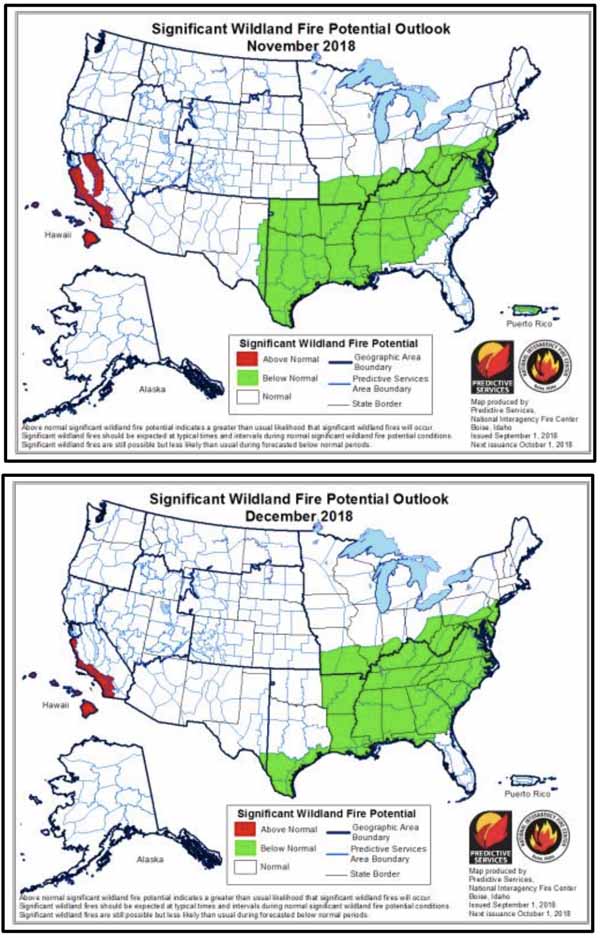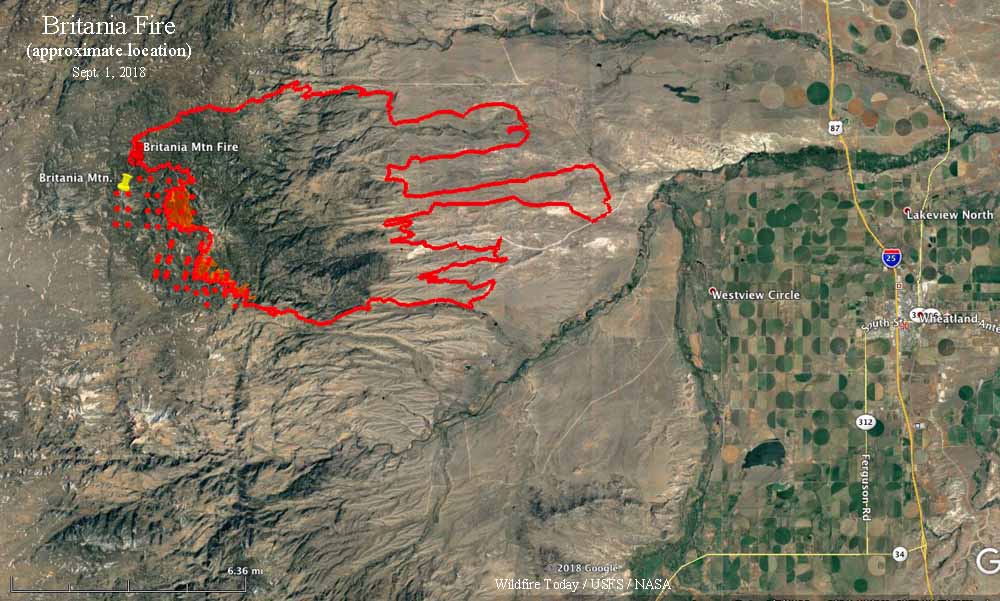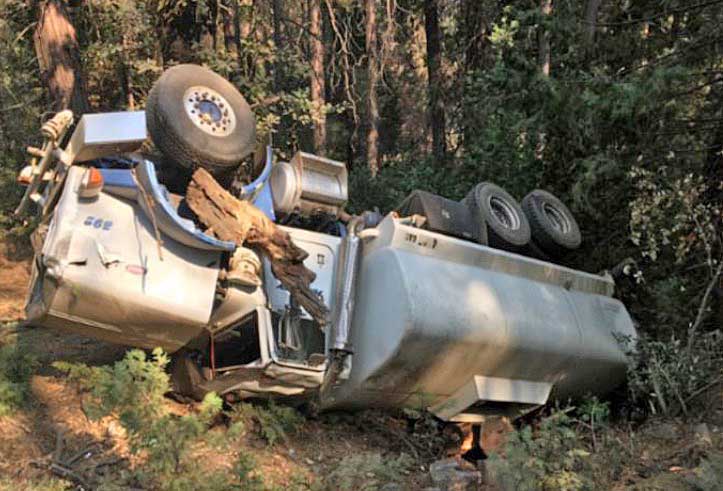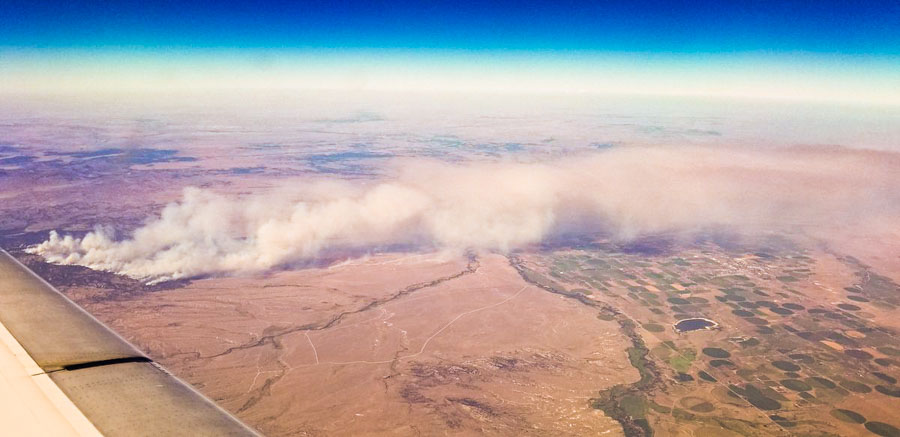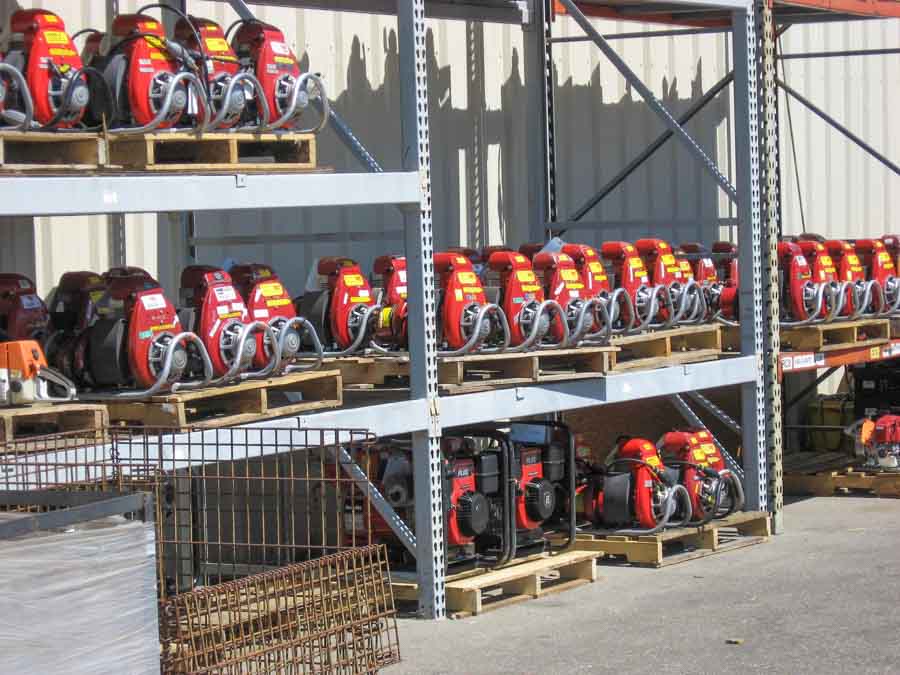Originally published at 10 p.m. MDT September 1, 2018)
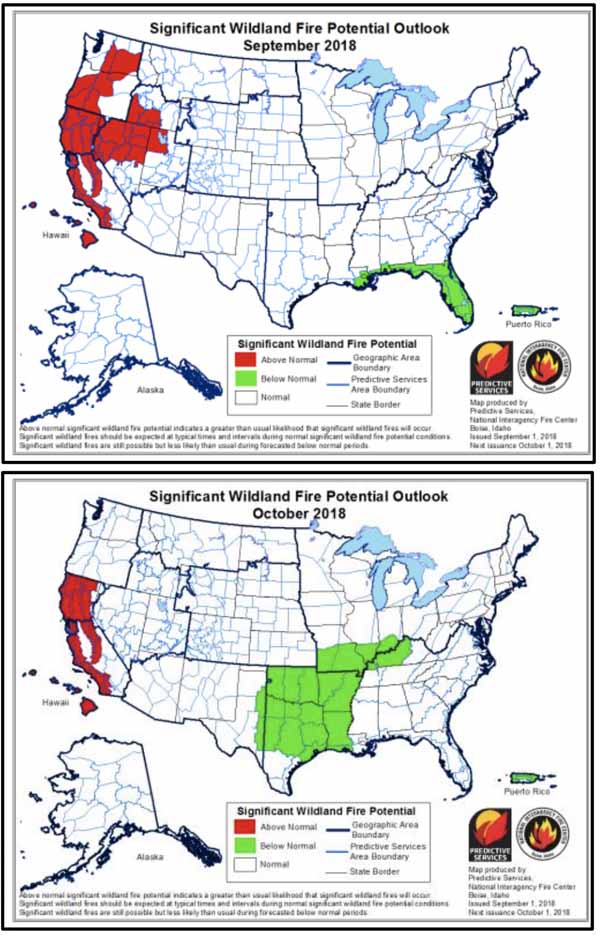 On September 1 the Predictive Services section at the National Interagency Fire Center issued their Wildland Fire Potential Outlook for September through December. The data represents the cumulative forecasts of the ten Geographic Area Predictive Services Units and the National Predictive Services Unit.
On September 1 the Predictive Services section at the National Interagency Fire Center issued their Wildland Fire Potential Outlook for September through December. The data represents the cumulative forecasts of the ten Geographic Area Predictive Services Units and the National Predictive Services Unit.
If their analysis is correct, in September the wildfire potential will decrease in the Northern Rockies, which is not unusual for this time of the year, but remain elevated in Central Texas, California, Nevada, and the Cascades. For October through December the potential should remain high in Southern California, with no sign of a busier than usual fall fire season in the Southern Great Plains or the Southeast.
Below:
- An excerpt from the NIFC narrative report for the next several months;
- NIFC’s monthly graphical outlooks;
- NOAA’s three-month temperature and precipitation forecasts; and,
- Drought Monitor.
“The significant wildland fire potential forecasts included in this outlook represent the cumulative forecasts of the ten Geographic Area Predictive Services units and the National Predictive Services unit.
“The western fire season peaked in August as very hot and dry conditions continued under the presence of a very strong, persistent high pressure ridge during the first three weeks of the month. Many approached or broke all-time record highs during the second week of the month. Not surprisingly, many fires became quite large including the Mendocino Complex which burned more than 420,000 acres making it the largest fire on record in California. Most fires observed were in areas of preexisting or developing drought.
“Along the West Coast, drought intensification and expansion was observed across Oregon and Washington. Further inland, abnormally dry conditions developed across Nevada, Idaho, and western Montana. Drought intensification and expansion was also observed across the Great Lakes region. While pockets of extreme to exceptional drought continued across the Four Corner states, the active monsoon was allowing for some improvement to occur. Nearly the entire West Coast received less than 25% of average precipitation. Significant deficits extended inland into the Great Basin and the Northern Rockies where large areas received less than 50% of average precipitation.
“Most of Texas and the central Great Plains received above average precipitation in August. Amounts across Oklahoma, Kansas, and Arkansas received 200% to 400% of average precipitation. The East Coast received similar amounts. Temperatures nationwide were generally near to slightly above average except across the central Great Plains where they were a few degrees below average. Alaska fully exited the season mid-month as a wet and cool patter took hold across the Interior. Hawaii experienced large fire activity as well; however, the heavy rains from Hurricane Lane quickly reduced fire potential across the state.
“September is a transitional month for the West. Critical fire weather periods become increasingly driven by occasional wind events resulting from passing cold fronts or by a strong westerly flow. The transition this year began a few weeks early. A shift to a fall-like pattern began the last week of August. Overall normal significant large fire potential is expected in most areas across the West except along the Canadian border with northeastern Washington, extreme northern Idaho, and northwestern Montana where above normal potential is expected. Debris from Hurricane Lane may produce heavy dead fuel loadings across Hawaii which could become receptive should abnormally dry conditions develop. Portions of northwestern Nevada and northeastern California could remain elevated as well given continued fuel dryness and a propensity for wind events.
“In October, the continued seasonal transition into fall will allow for colder air to become entrenched across the Great Basin thus creating a high pressure ridge that should periodically induce Foehn Wind events across both Northern and Southern California. Other regions across the Westshould fully exit fire season. In the East, preexisting drought conditions across the Great Lakes Region cloud promote wind-driven events should the fuels remain dry after leaf drop. The remainder of the East is largely free of drought entering late fall.
“November and December are traditionally months where fire activity is reduced. The focus during this period generally shifts from California to the Southeast where during dry years, significant fire activity can be observed. Latest data suggests that the late fall period will experience at least average conditions if not wetter than average conditions in some locations. So, Normal Significant Large Fire Potential is expected across most of country during the remainder of the outlook period.”
Continue reading “Wildfire potential September through December”

